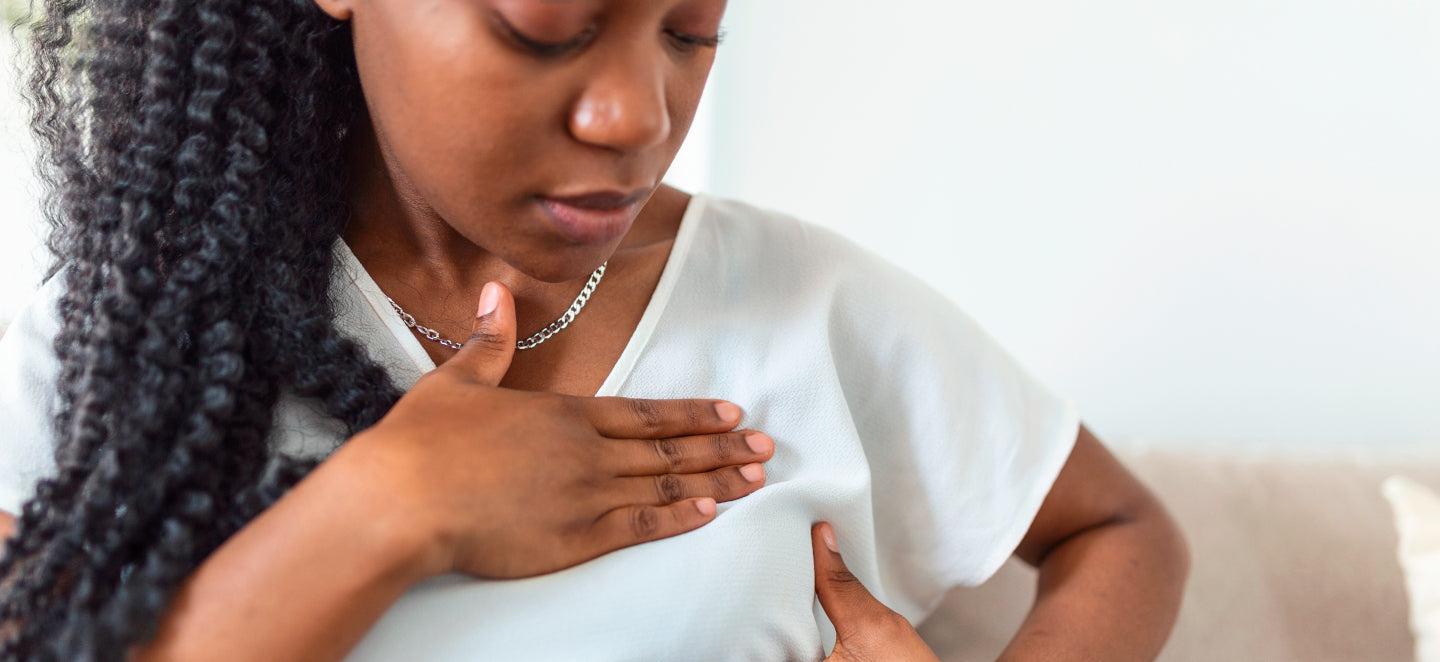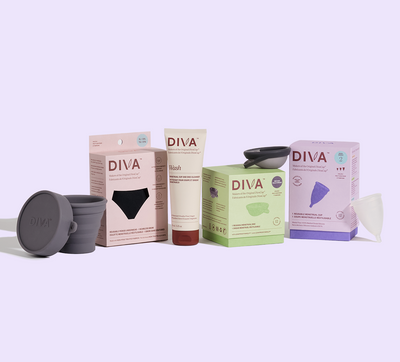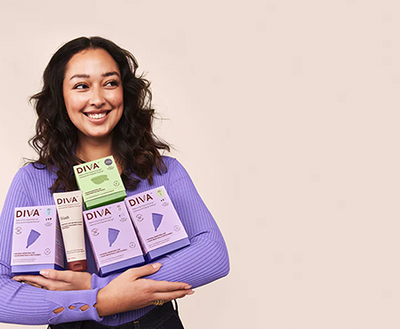
In this article /
For those of us who have them, we know that not all breasts are created equal. Each of these 1-2 pounds of fat, glands, ducts and muscles need some care from time to time.
Which leads us to October and Breast Cancer Awareness Month.
Did you know breast cancer is the most common cancer affecting 1 in 8 U.S. and Canadian women? And an estimated 26,300 women and 230 men in Canada will be diagnosed this year alone? It affects most, if not all of us, whether we know someone who has had breast cancer, or have personally experienced breast cancer ourselves. Which is why this month is so important.
Throughout the month of October, individuals and organizations amp up their efforts to spread awareness, raise funds for research and educate people on all things breast cancer.
The good news is, all this effort is working! Through research and awareness, the breast cancer death rate has dropped by 44% since the late 1990s.
Although we’re not experts or doctors, we wanted to share some information with you about breast health and the menstrual cycle from trusted sources and provide you with links to additional information.

Menstrual Cycle and Breast Cancer
A lot of people are unaware that your menstrual history can influence your breasts, but it does. It all comes down to the length of time your body is interacting with the hormones estrogen and progesterone.
Here’s how:
- Early menarche: Starting your period earlier means your breasts will begin to develop earlier, giving them more time to interact with hormones and hormone disruptors. (Learn how to avoid hormone-disrupting chemicals here.)
- Getting pregnant later in life: During the time between breast development and the first pregnancy, breast tissue tends to be immature, overactive and sensitive to hormonal influences.
- Menopause later in life: The longer someone menstruates, the higher their lifetime exposure to the hormones estrogen and progesterone.
While all of these factors are associated with a higher risk of breast cancer, being informed and trying to live a well-balanced life can help reduce the risk. Of course, you can’t control when you start or stop menstruating, but just because you started younger, doesn’t mean you’re going to get breast cancer. Additionally, having a child-free life or delaying pregnancy does not mean you will get breast cancer.
Other Risk Factors
There are a lot of factors that contribute to an increased risk of getting breast cancer. Fortunately, some are somewhat in your control, such as:
Check your breasts!
Routine breast self-exams are an important way to find breast cancer early, which is when it’s more likely to be treated successfully.
So get comfortable. It’s time to get to know your breasts on a much more personal level.
Although a self-exam alone is not enough to determine whether you have cancer, it does help detect it sooner. By knowing your breasts, you can detect when something is different and make an appointment to see your doctor for additional screening.
And remember, it’s never too soon or too late to start regular breast exams.
For instructions on how to complete a breast exam please visit this page.

When You Feel a Lump
A lot of people know that feeling an odd lump in your breast could be breast cancer, but it could also be something else: benign lumps, fibroids, calcifications, to name a few. If you feel a lump that wasn’t there before, always get it checked. Most often, it’s usually something else.
Most women have lumps or lumpy areas in their breasts in general. That’s why it helps to know your body and take note of any new lumps or changes. Lumps can form anywhere on your breasts, or even in your armpit (called the axilla) so make sure to thoroughly exam the entire area.
Look for Other Symptoms
Lumps aren’t the only thing to look for either.
Other symptoms to look for include:
- Changes in the shape or size of the breast
- Changes in the nipple, particularly if it becomes inverted
- Discharge that comes out of the nipple
- Skin irritation or dimpling
- Breast pain
Breast Changes That Are Not Cancer
It’s always a good idea to be aware of when any change happens to your breasts, but keep in mind there are times throughout your life when changes are linked to other things.

During Your Period: For some people their breasts may feel swollen, tender or even painful before their period. There may even be lumps during this time because of extra fluid. It could even be a sign of fibrocystic breast disease, a term used to describe painful (but harmless), lumpy breasts prior to the menstrual period. Make sure to check for lumps at various times throughout your menstrual cycle. If you find a lump during your period, but it goes away afterwards, it’s likely not cancer.
During Pregnancy: The glands that produce breast milk increase in number and size during pregnancy, which can feel lumpy. Breastfeeding can also cause mastitis, which is when a milk duct becomes blocked. Mastitis causes the breast to look red and feel lumpy, warm and tender. If you think you have mastitis please seek medical help for treatment.
Approaching Menopause and After Menopause: Your hormone levels change a lot during this time. This can make your breasts feel tender, like when you get your period.
Taking Hormones: If you’re taking hormones, such as menopausal hormonal therapy or birth control, your breasts may become denser. Always let your health care provider know you are taking hormones when going for a screening because the thicker density could make it harder to detect lumps.
Just Remember…
Lumps, pain, nipple discharge – a lot of things can cause these symptoms. Breast cancer is one of them. That’s why it’s so important to know your breasts through routine self-exams, and to be aware of what the symptoms are and when to seek medical help.
If you ever feel a lump you are unsure of or have any concern, see your doctor. Even if it ends up being nothing to worry about, it’s better to know. Remember, you are never inconveniencing anyone by looking after yourself!
Disclaimer: The content of this blog is based on research and information available at the time of writing. As new research is made available, we will work to update and adjust our content as appropriate. If you have general questions, or concerns related to your own individual circumstances, please contact our Consumer Experience Team, or speak to a healthcare practitioner for more specific questions about your individual circumstances.



















